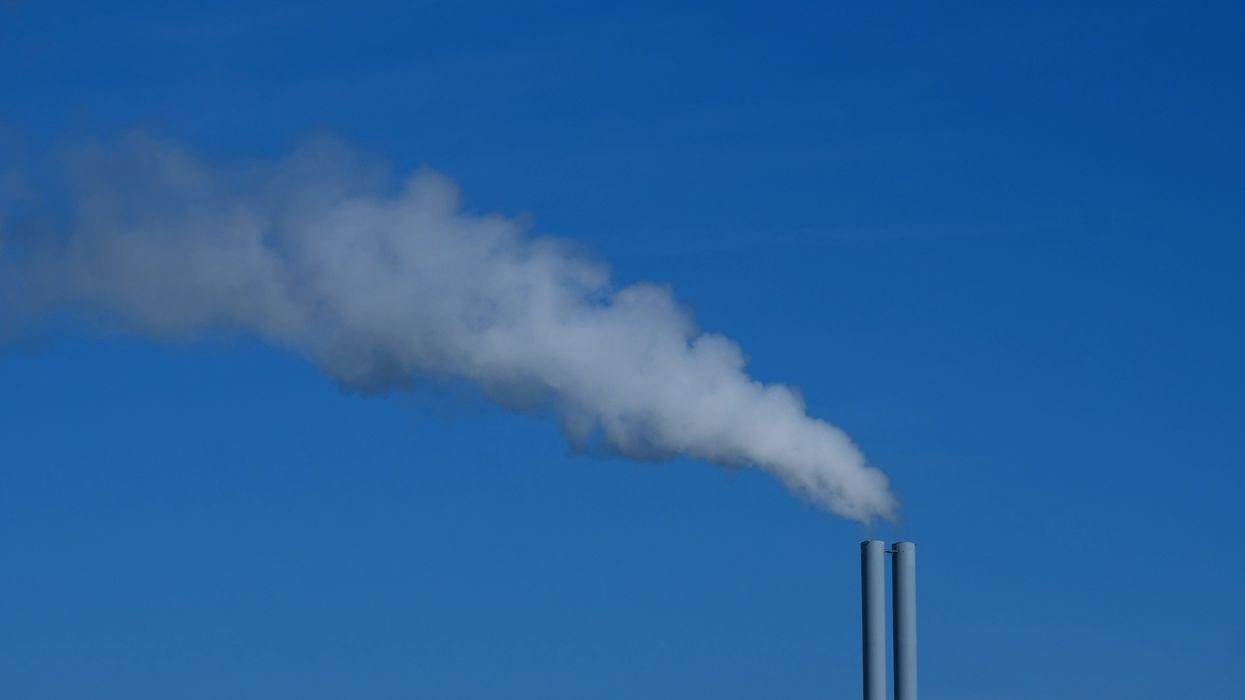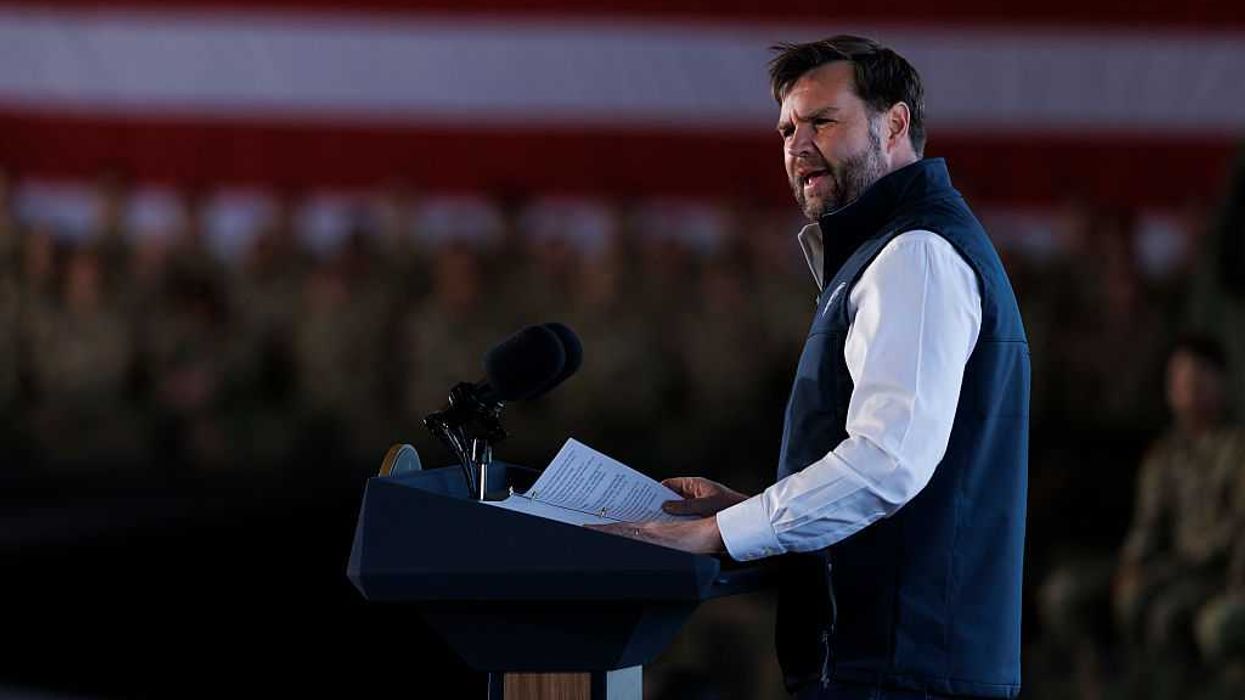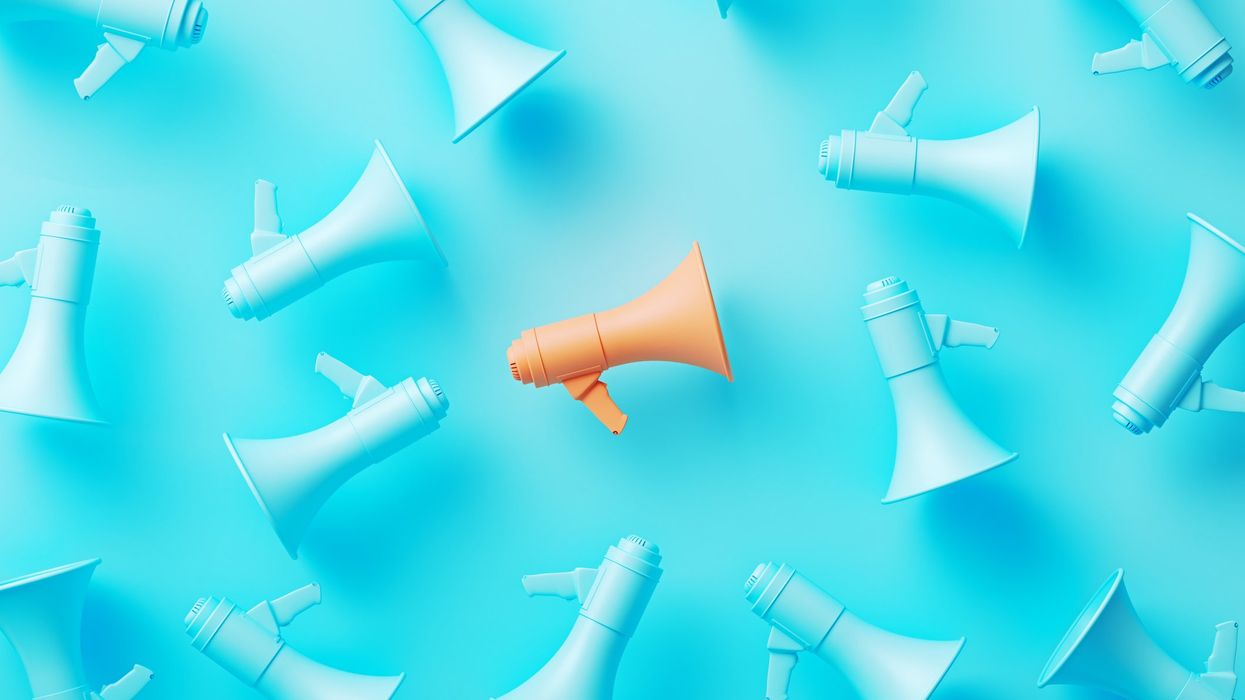Communities in the southwest and southeast sides of Chicago impacted by the adverse effects of air pollution from truck traffic, warehouses, and factory operations have the opportunity to change their future. But what exactly are they experiencing, and how can they change it?
For the greater part of the last year, officials, including State Sen. Javier Cervantes (D-1) and 12th Ward Ald, Julia Ramirez and others from organizations such as the Environmental Defense Fund have been drafting Senate Bill 838. The bill aims to curb environmental injustices, such as air pollution caused by heavy truck traffic and industrial practices, that overburden Chicago’s Southwest and Southeast communities.
According to data distributed by the Illinois Environmental Council and the Environmental Defense Fund, exposure to pollution released from diesel trucks and buses can be deadly. While diesel vehicles only constitute 7% of the road traffic in Illinois, they are responsible for 67% of nitrogen oxide (NOx) and 59% of particulate matter 2.5 emissions in the air. High levels of NOx can produce foul smells, irritate skin and eyes, and damage respiratory airways. PM2.5 are microscopic solids or liquids that can enter your lungs and bloodstream. Both diesel pollution and PM2.5 have been linked to severe health conditions such as asthma, heart disease, and strokes.
Air Quality and Health Index, Chicago 2020. January 2020. Credit: City of Chicago Air Quality and Health Report.
Community organizer and Executive Director of Neighbors for Environmental Justice, Alfredo Romo, says that maps, such as the ones above, illuminate the disparity of environmental impact:
“Once you put them side to side, you will see what environmental racism looks like, and you will see how much of the Southwest Side and the Southeast Side are becoming the black lungs of the city’s infrastructure. And that's what we're saying. You know, how can we pump the brakes on any more heavy industry coming in overburdened communities?” Romo said.
The passage of Senate Bill 838 is one way. While it would aim to monitor and control pollution caused by truck traffic and industrial practices, SB838 would also focus on increasing the transparency of trucking and warehouse practices in adversely affected communities by developing environmental policy that prioritizes them. As the language stands, much of the responsibility for action falls to the Illinois Environmental Protection Agency (referenced 41 times throughout SB838).
A screenshot from the Chicago Truck Data Portal, a study that counted truck density in adversely affected Chicago neighborhoods. May 17, 2023. (Credit: Center for Neighborhood Technology)
“The bill is crucial for addressing uncertainty about proper air pollution sources, improving the well-being of citizens disproportionately impacted by harmful pollution, and achieving our climate goals,” Cervantes said during the most recent town hall about SB838, held this fall.
With hope for SB838’s passage by early next year, those involved emphasize that this cannot be done without relying on the voices of residents of Southwest and Southeast Chicago. This sentiment is reflected in the current language of SB838.
In addition to its main goals of increased transparency and regulation, SB838 aims to amplify community voices by establishing a council where community members can directly contribute to policy solutions.
“Pollution is distributed unevenly, impacts overburdened communities disproportionately, and varies on a block-by-block basis;,” reads the first clause of Section 9.20. of SB838.
The council established under the SB838 amendment would be called the Health and Equity Advisory Council. The council’s main aims would be to,
“Make findings, conclusions, and recommendations regarding environmental justice in the State and uses of federal funds provided to the State for environmental justice,” states the current language in SB838.
The makeup of the Council’s members is what makes this development unique and pressing for community members uniquely impacted by environmental injustices in Chicago. At least two voting members (of which there are currently nine proposed spots) are to be reserved for “ representatives of communities with heavy truck traffic.” There are also six proposed non-voting member seats on the Council, which, according to SB838, would be filled by representatives of community organizations,
“(A) one representative of a labor organization; (B) one representative of a statewide organization representing manufacturers; (C) 2 representatives of faith-based organizations; and (D) 2 representatives of health organizations.”
Members of the Council would share the responsibility of translating the lived experiences of Chicago Southsiders to guide future policy recommendations. While amplifying Southside voices is essential to the further development of SB838, those involved with the legislation emphasize that it has been a continuous challenge to get community members involved.
When it comes to lack of community involvement, Neda Deylami, lawyer and Vehicle Electrification Manager for the Environmental Defense Fund, said in November,
“I think that this comes up in every kind of environmental justice policy that I've personally been involved in or that I've witnessed. I think people are used to feeling disempowered.”
Romo of the N4EJ offered a different perspective from his years of experience doing community-based environmental advocacy as a resident of the Southwest Side.
“For one, we’re dealing with low-income communities. You know, Black and Brown and immigrant communities. When you really analyze those demographics, you will see that a lot of our people are working for these [trucking and factory] industries,” said Romo, “It’s very hard for them to push back on these industries because they do depend on them to put food on the table.”
Romo also cites language fluency as a challenge to involving the community in legislative development.
Despite these struggles, Romo and the N4EJ are continuing to canvas the Southwest and Southeast Sides to raise awareness of the environmental justice issues that plague these communities. They are not alone. Organizations such as the Little Village Environmental Justice Organization, Center for Neighborhood Technology, and Fish Transportation Group, Inc. are also working to collect data that validates people’s lived experiences.
Similarly, representatives and officials will continue to act as an open ear, hosting town halls and community events to better understand the unique needs of the Southwest and Southeast communities and inform the legislative development of SB838.
If you have experienced or been impacted by truck/air pollution in your job or neighborhood and would like to share your experience, please contact Neda Deylami at ndeylami@EDF.org. Your feedback and experiences are important to inform SB838 and shape future environmental policies.
Britton Struthers-Lugo is a reporter with the Medill News Service at Northwestern University, a freelance journalist, and a photographer.



















